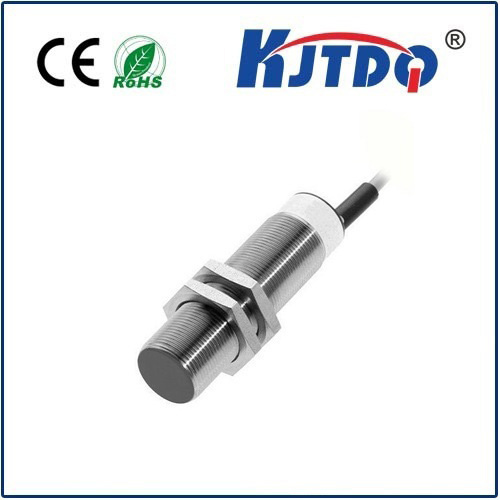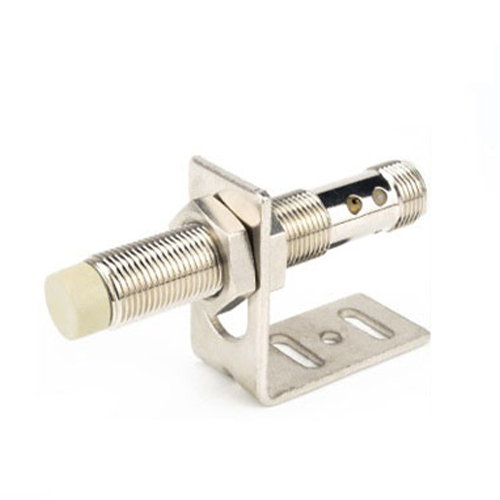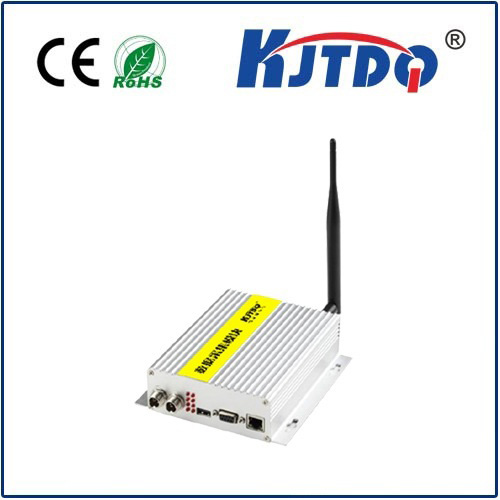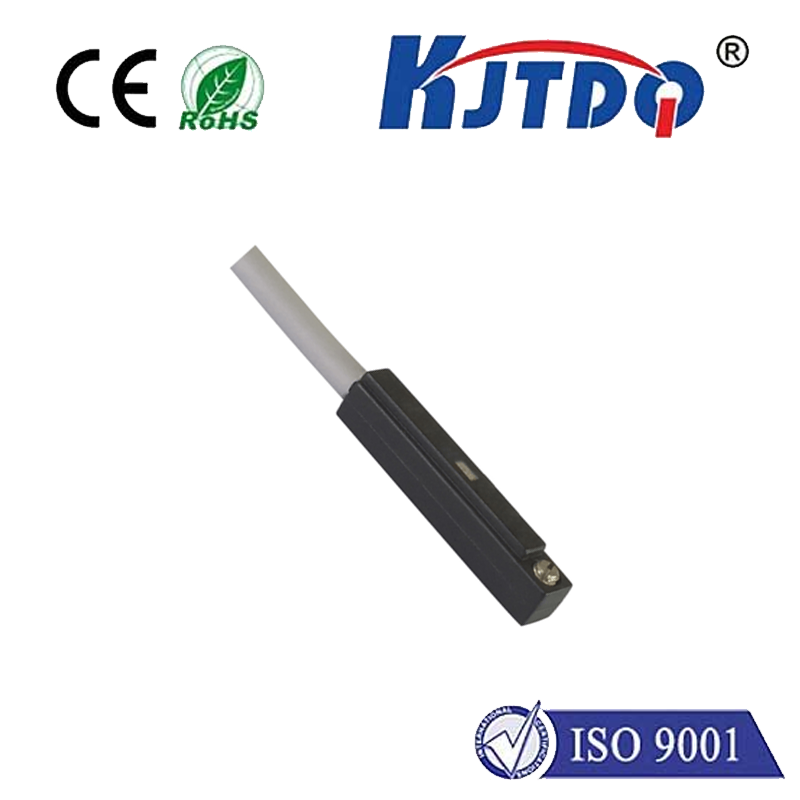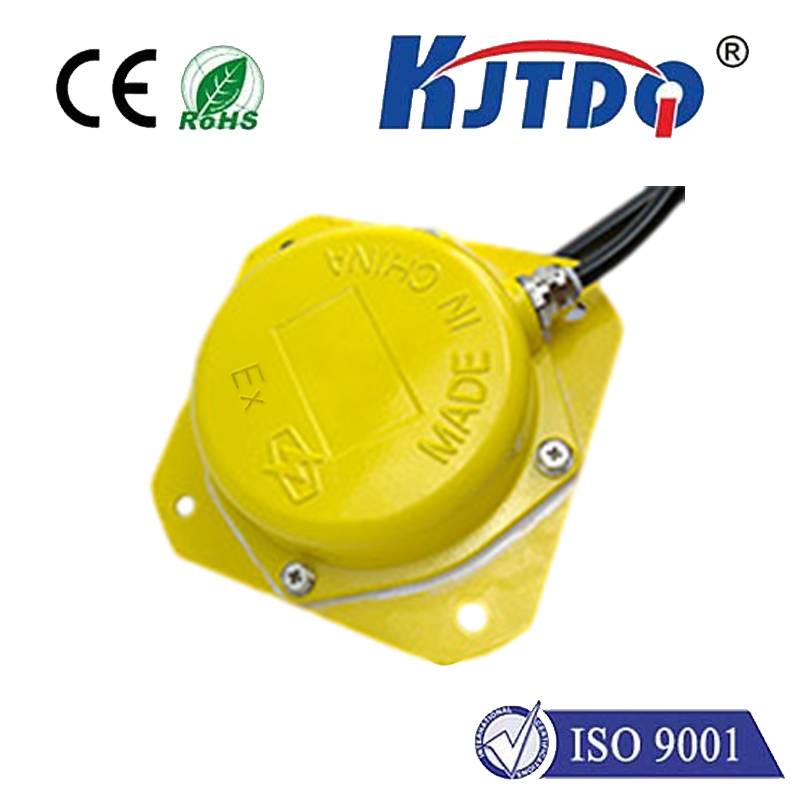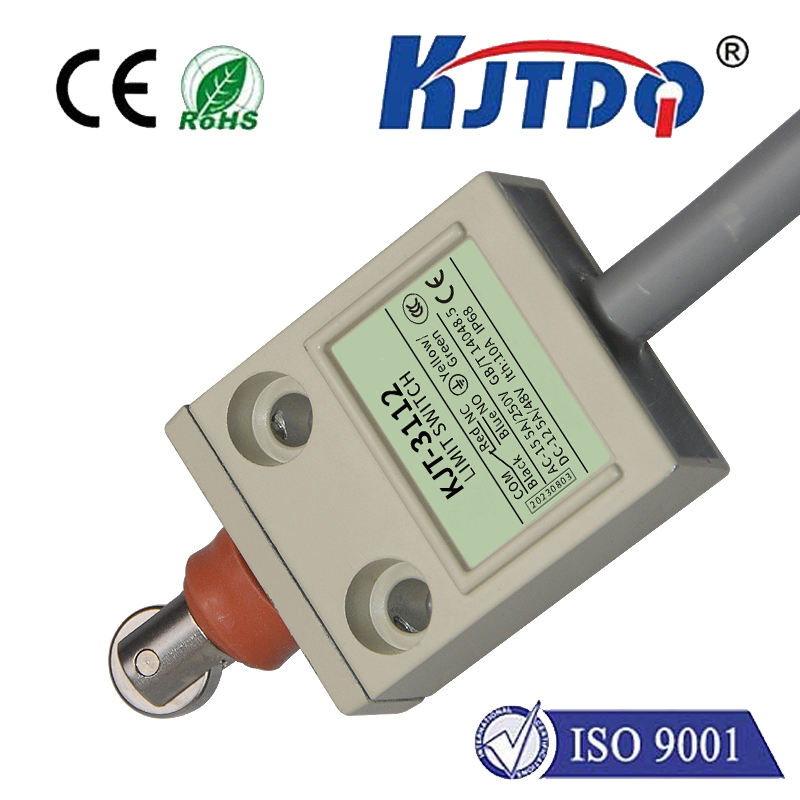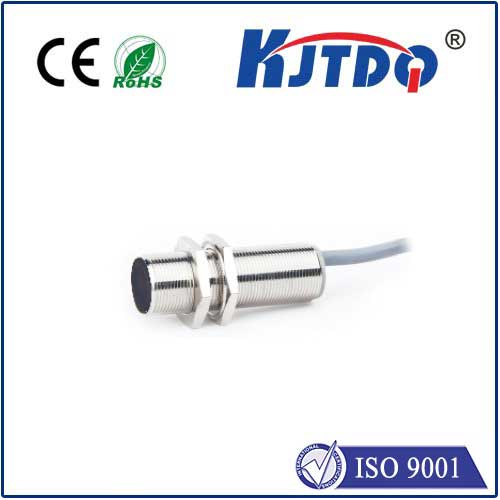BES043J high pressure proximity sensor
- time:2025-09-30 13:47:59
- Нажмите:0
BES043J High Pressure Proximity Sensor: Unwavering Detection in Demanding Environments
Imagine the critical systems operating deep within an oil rig, the powerful hydraulics controlling heavy machinery, or the high-pressure lines in chemical processing plants. Failure isn’t simply an inconvenience; it’s a potential catastrophe demanding absolute reliability from every component, especially sensors monitoring core parameters. Enter the BES043J High Pressure Proximity Sensor – engineered to deliver precise, non-contact detection where extreme pressures are the norm, not the exception.
Traditional proximity sensors might falter under intense physical stress. Seals can weaken, casings deform, and sensing accuracy drift when subjected to the relentless forces found in hydraulic circuits, forging presses, or subsea equipment. The BES043J series is specifically designed to overcome these limitations, providing a robust solution for applications where high pressure integrity is non-negotiable.
Understanding the Core Challenge: Pressure Beyond the Ordinary
Standard inductive proximity sensors excel in countless industrial automation tasks. However, environments exceeding typical atmospheric pressures introduce unique challenges:
- Mechanical Stress: Constant high pressure exerts immense force on sensor housings and seals, risking deformation, leakage, or internal damage.
- Seal Degradation: Standard sealing materials can extrude, harden, crack, or lose their effectiveness over time under sustained high pressure, compromising the sensor’s internal environment and potentially leading to ingress or failure.
- Performance Drift: Internal components, including the sensing coil and electronics, can be affected by pressure-induced stress, potentially altering the sensor’s switching characteristics or sensing distance.
- Environmental Exposure: High-pressure applications often coincide with other harsh conditions like temperature extremes, corrosive media, or vibrations.
The BES043J directly addresses these challenges, embodying the robustness expected from high-performance industrial sensing.

Key Features Empowering Reliability Under Pressure
What sets the BES043J apart in the crowded field of proximity sensors? Its design incorporates several critical elements for high pressure performance:
- Robust, High-Pressure Rated Housing: Typically constructed from high-grade stainless steel (like V4A/316L), the sensor body is engineered to withstand significant external pressure without deformation or compromise. This material also offers excellent resistance to corrosion.
- Advanced Sealing Technology: Crucially, the BES043J utilizes specialized high-pressure seals and sealing geometries designed to maintain integrity even under prolonged exposure to extreme pressures. This prevents media ingress and protects sensitive internal components.
- Optimized Internal Design: Components are carefully arranged and potentially potted or otherwise secured to minimize the effects of pressure differentials on sensing accuracy and long-term stability.
- Exceptional Resistance: Alongside pressure, these sensors often boast high ratings for temperature tolerance, resistance to chemicals or oils, and resilience against shock and vibration (often meeting IP67, IP68, or IP69K standards).
- Reliable Sensing Technology: Utilizing inductive sensing principles, the BES043J provides non-contact detection of metallic targets, eliminating wear and tear associated with mechanical switches. Common output types include NPN, PNP, or NO/NC configurations (e.g., 3-wire DC).
Where the BES043J High Pressure Proximity Sensor Proves Indispensable
The unique capabilities of the BES043J make it the sensor of choice for demanding applications across various sectors:
- Hydraulic Systems: Monitoring piston position in high-pressure cylinders, detecting end stops, verifying valve spool position, and ensuring fluid levels within pressurized tanks.
- Oil & Gas: Downhole tools, blow-out preventer control, pipeline valve actuation monitoring, and subsea equipment where immense water pressure is a constant factor.
- Heavy Industrial Machinery: Presses (stamping, forging, injection molding), die-casting machines, and other equipment generating high clamping or operating forces.
- Power Generation: Monitoring components within turbines, in high-pressure steam lines, or within hydroelectric systems.
- Chemical & Petrochemical: Position detection of valves and actuators in processes involving high-pressure steam, aggressive chemicals, or volatile substances.
- Test Benches & Rigs: Enduring the intense pressures generated during component testing (pipes, valves, fittings).
In these environments, the BES043J proximity sensor provides not just data, but vital assurance. Its ability to function reliably under pressure translates to enhanced safety, reduced downtime, optimized process control, and significant cost savings by preventing catastrophic failures.
Selecting and Implementing the BES043J Effectively
To maximize the performance of your BES043J sensor in high-pressure scenarios, consider these points during selection and installation:
- Confirm Pressure Rating: Always verify the specific pressure rating (e.g., bar, psi) the sensor is certified for against your application’s maximum operating pressure, including potential spikes.
- Compatibility: Ensure the sensor housing material (like stainless steel 316L) is compatible with the surrounding media (oil, chemicals, seawater).
- Sensing Distance: Choose the appropriate nominal sensing distance (Sn) based on your target and mounting constraints.
- Output Type: Select the correct electrical output (PNP, NPN, NO, NC) matching your control system’s requirements.
- Electrical Connection: Options like M12 connectors or cables offer flexibility; choose based on environmental needs and ease of installation.
- Secure Mounting: Correct mounting is vital. Ensure the sensor is securely fixed according to manufacturer specifications to handle vibrations and pressure forces without shifting. Pay close attention to the specified tightening torque for threaded housings to avoid damaging threads or seals.
- Temperature Considerations: While built for extremes, ensure the ambient and process temperatures fall within the sensor’s specified operating range.
Conclusion: Performance Engineered for the Extreme
In the relentless world of industrial automation, where pressures reach extraordinary levels, standard sensors often fall short. The BES043J High Pressure Proximity Sensor stands as a testament to specialized engineering. It delivers the unwavering reliability, robust construction, and precision detection essential for safeguarding critical processes and equipment operating under duress. By mastering the challenges of high-pressure environments, the BES043J enables industries to push boundaries safely and efficiently, monitoring vital parameters where failure is simply not an option.

